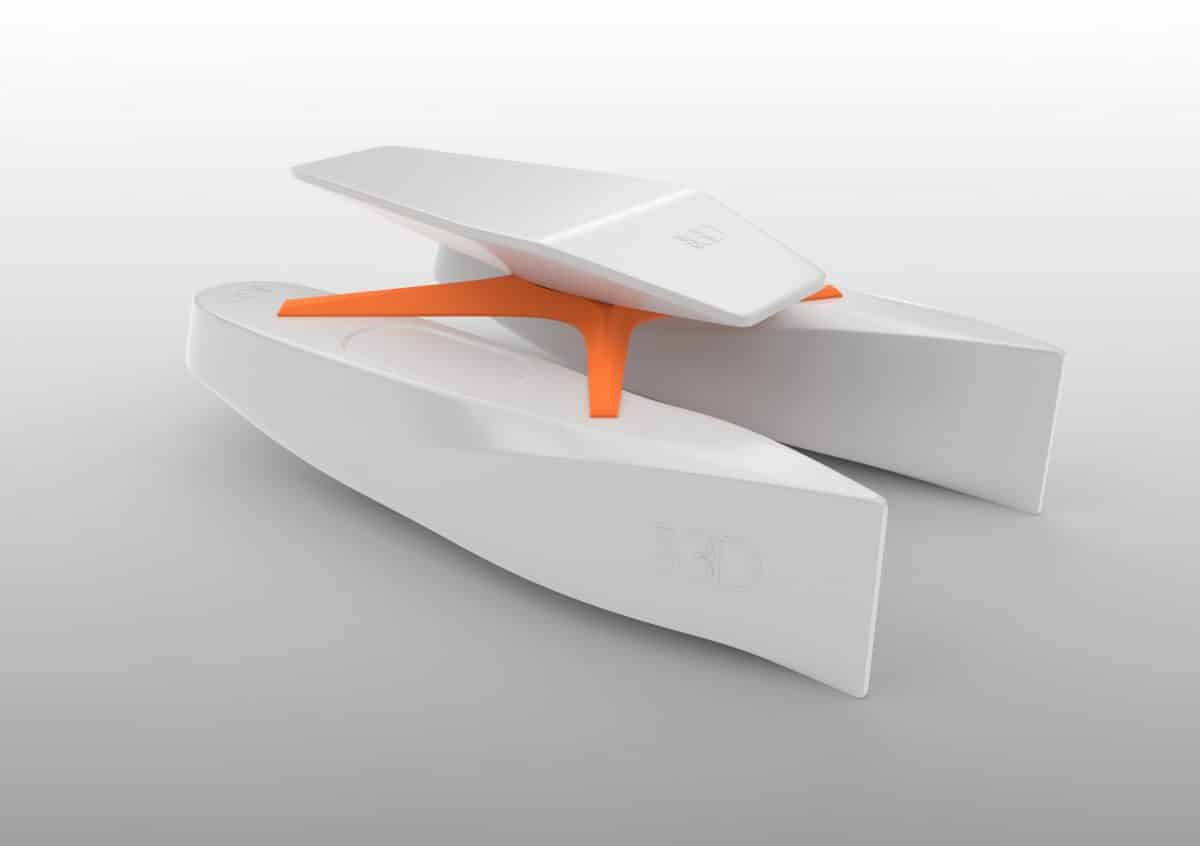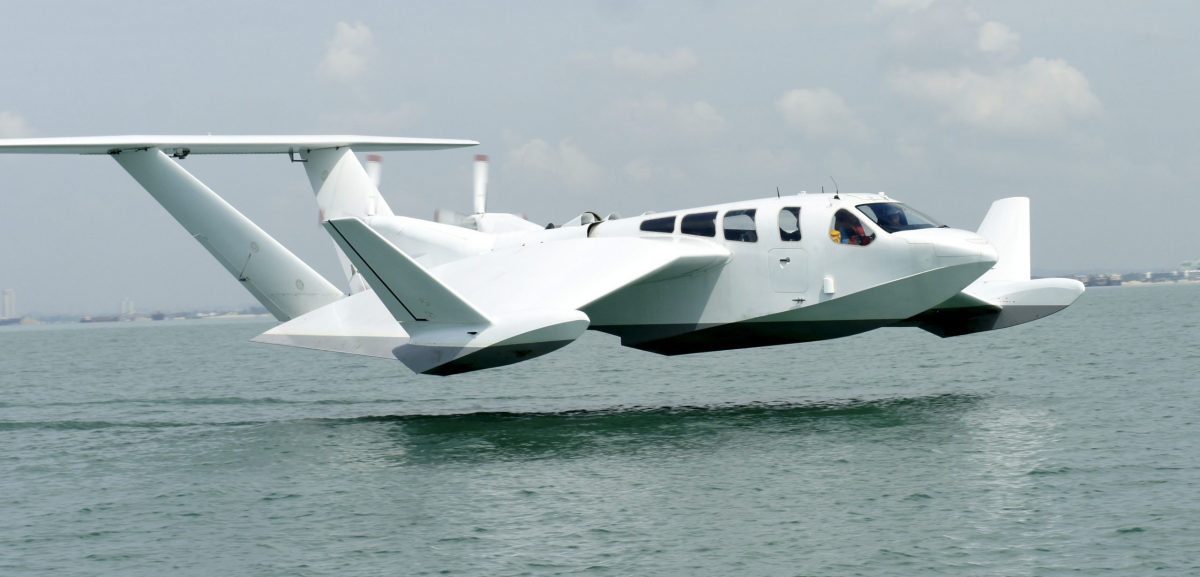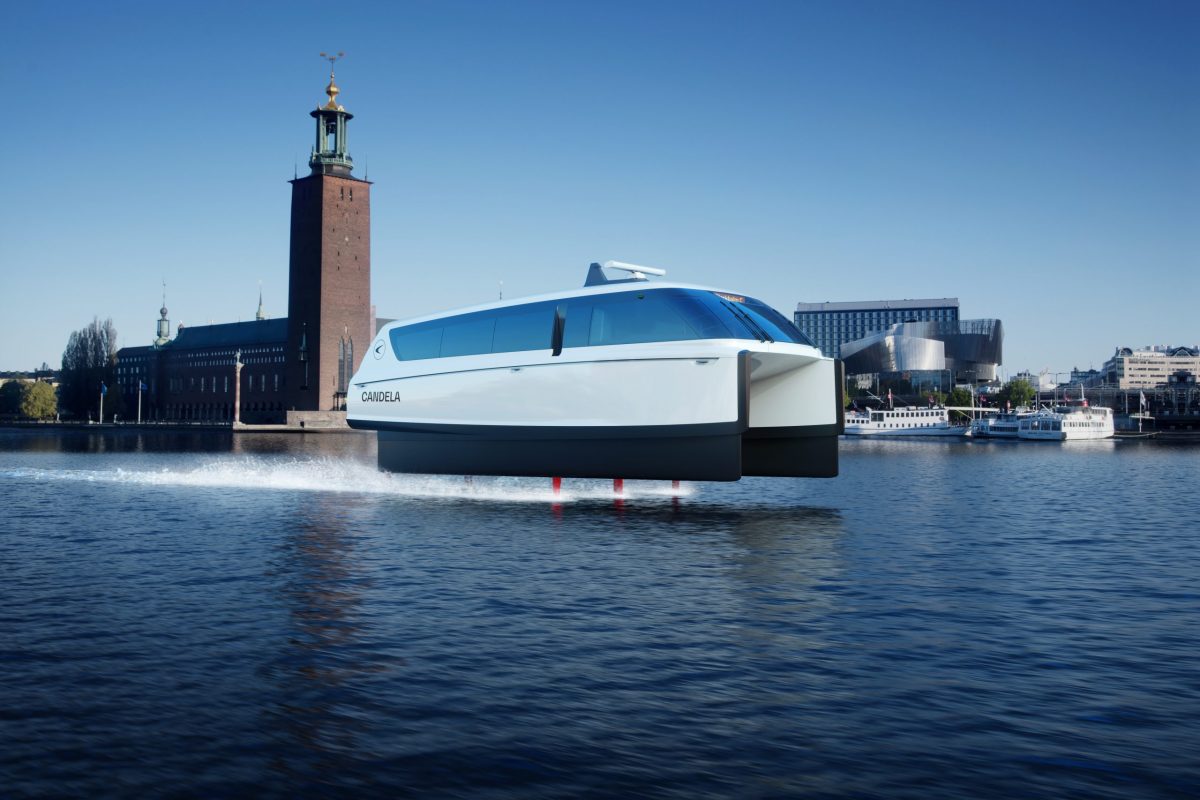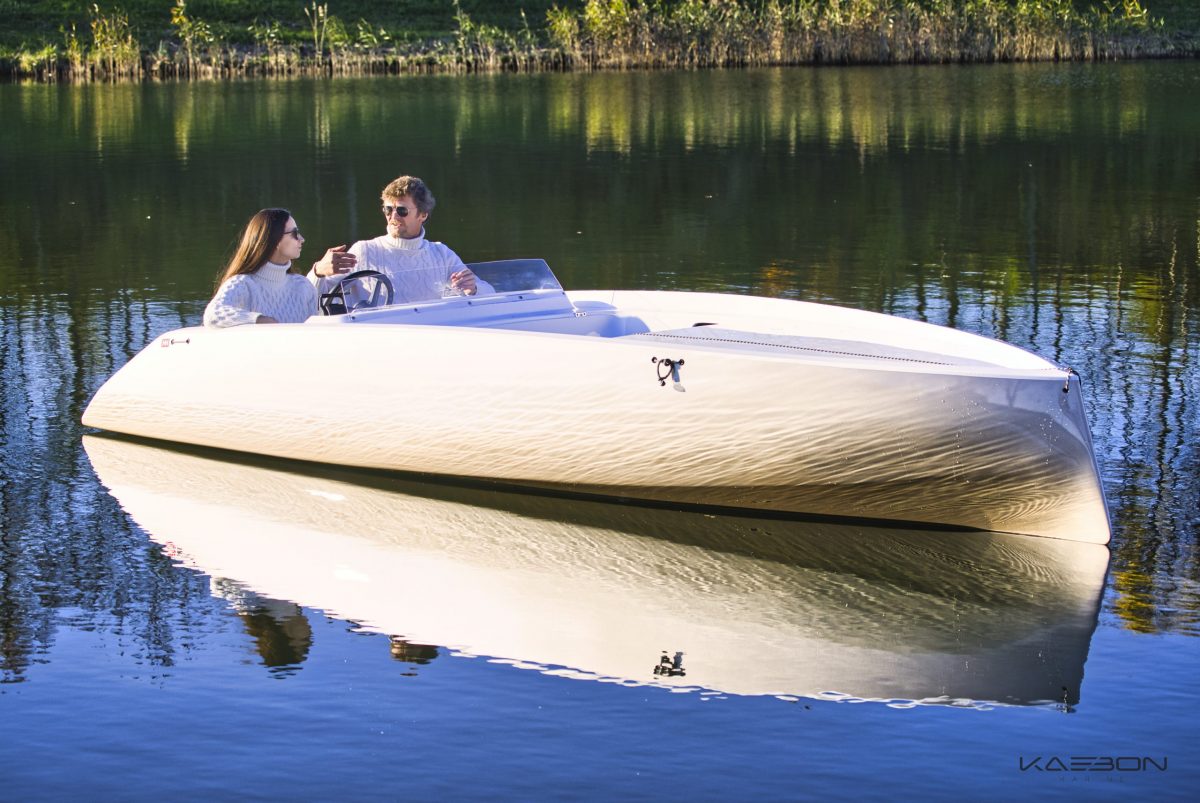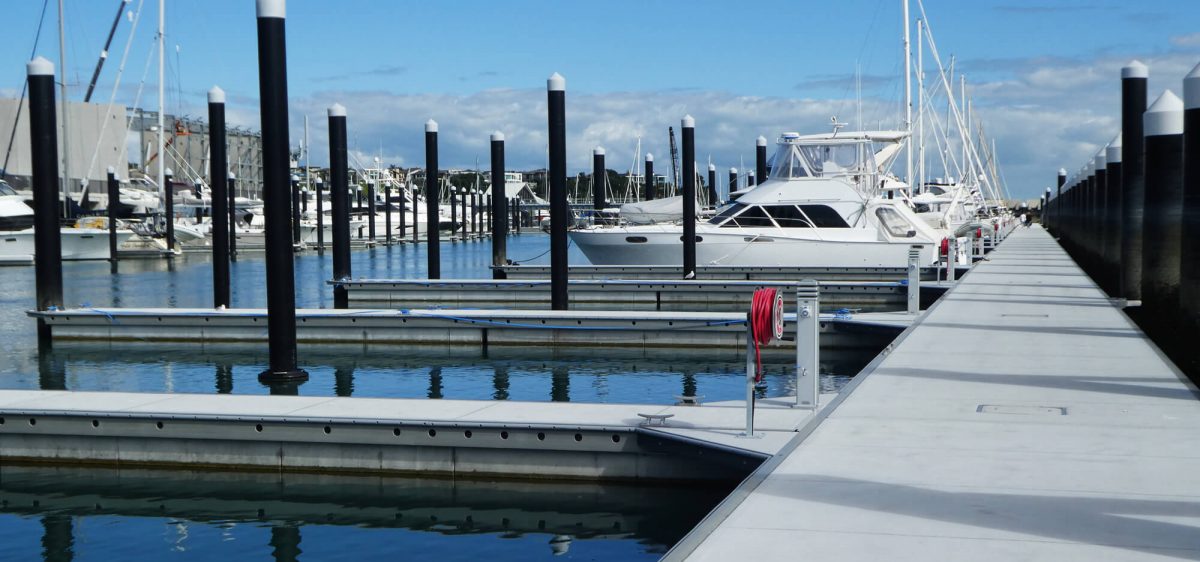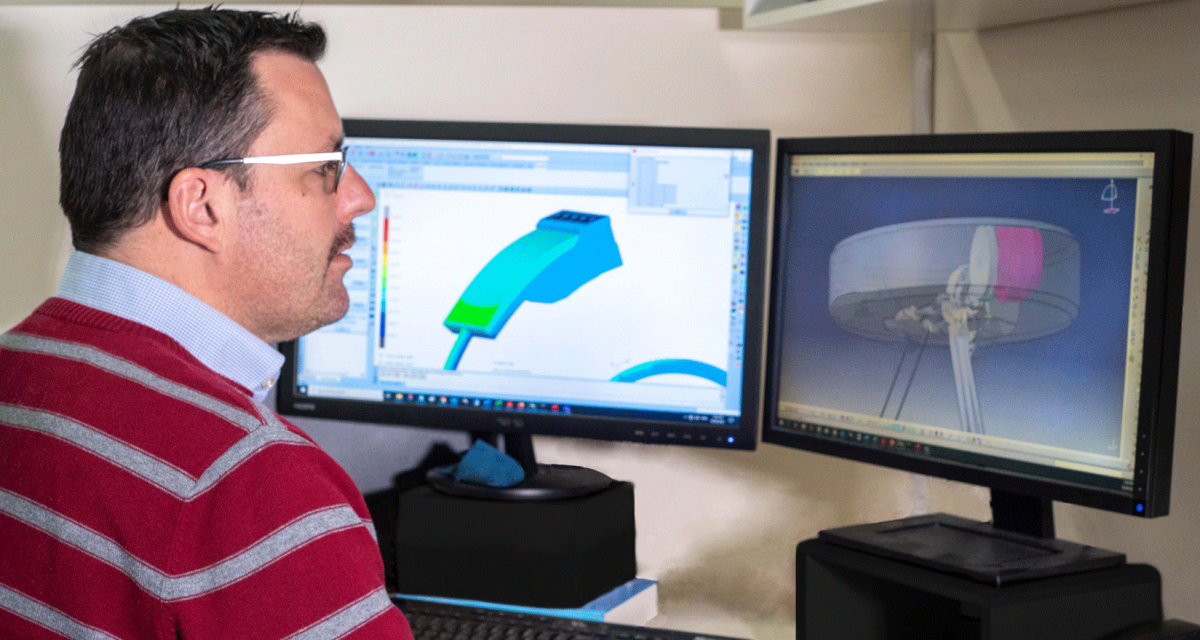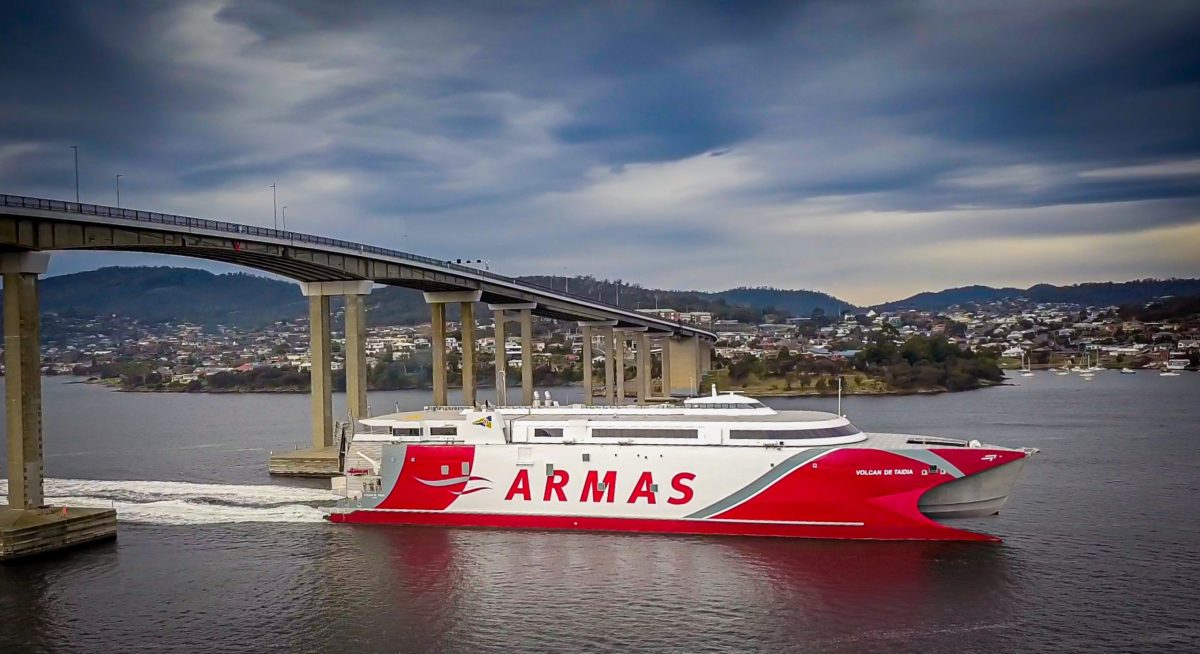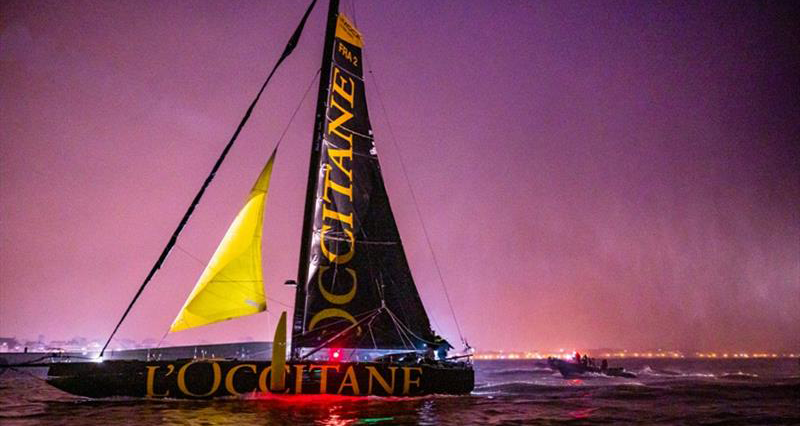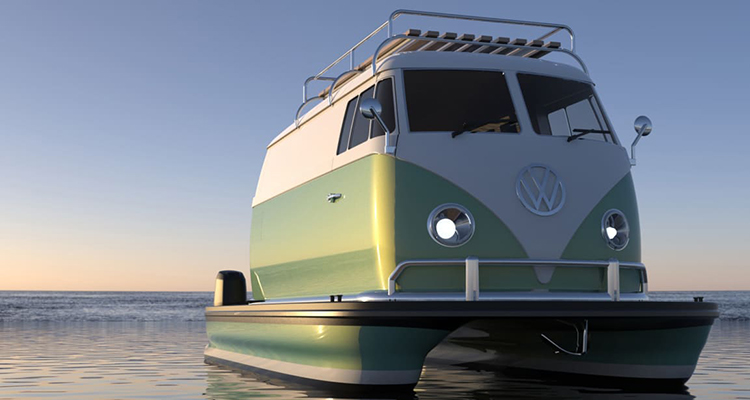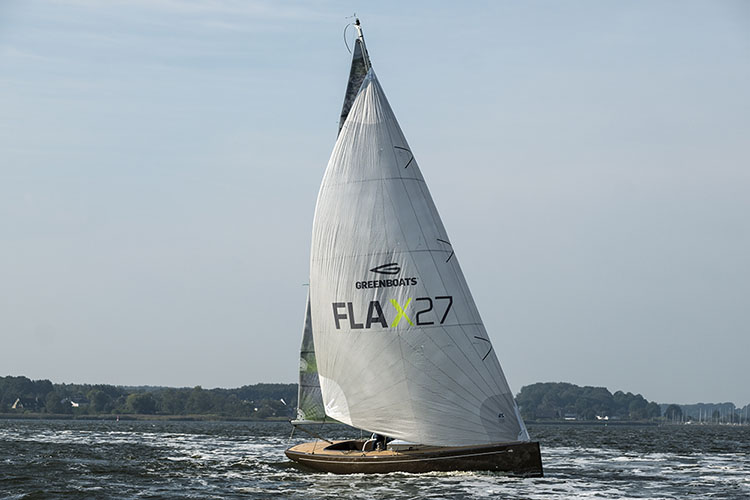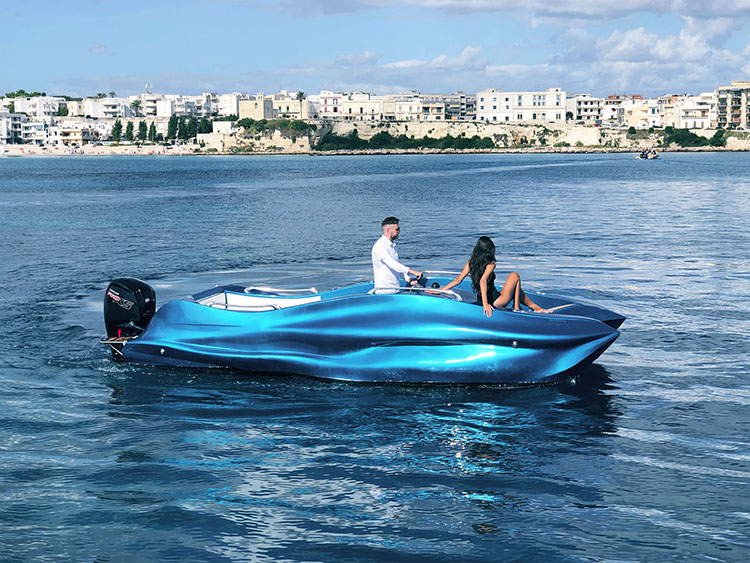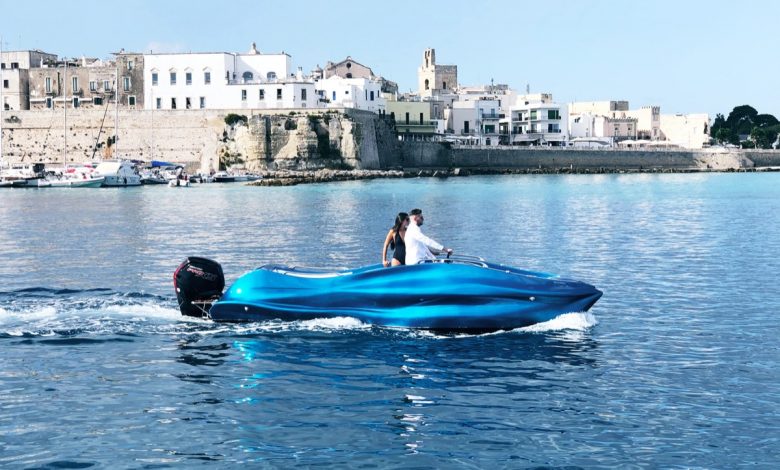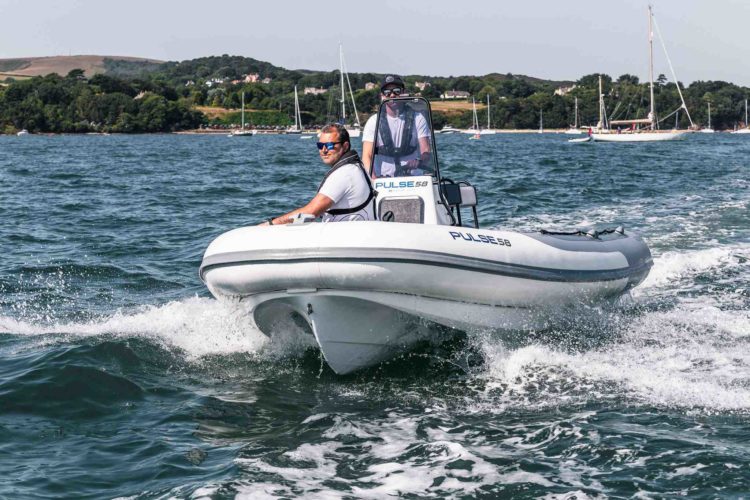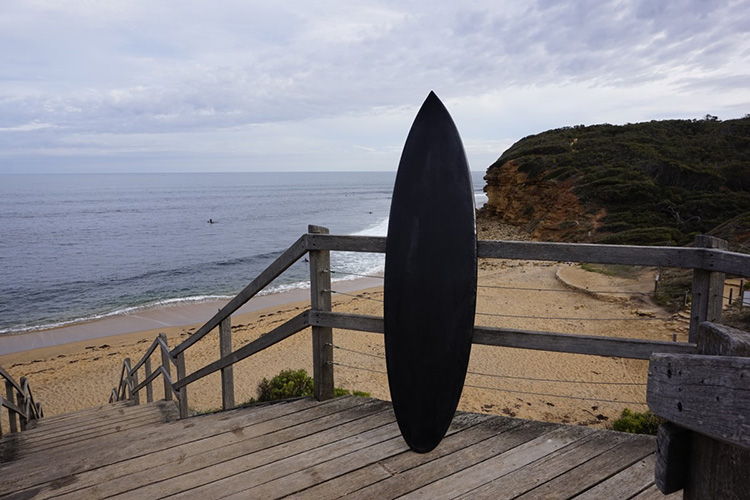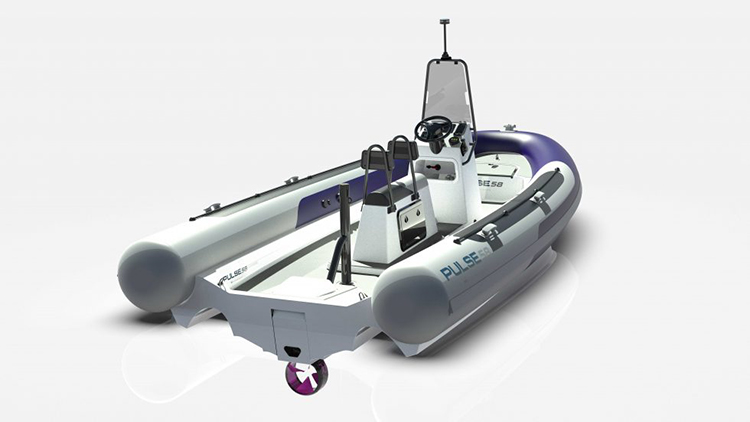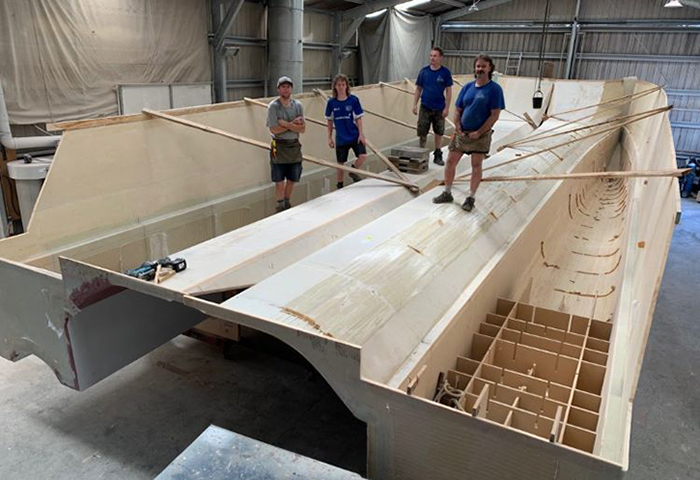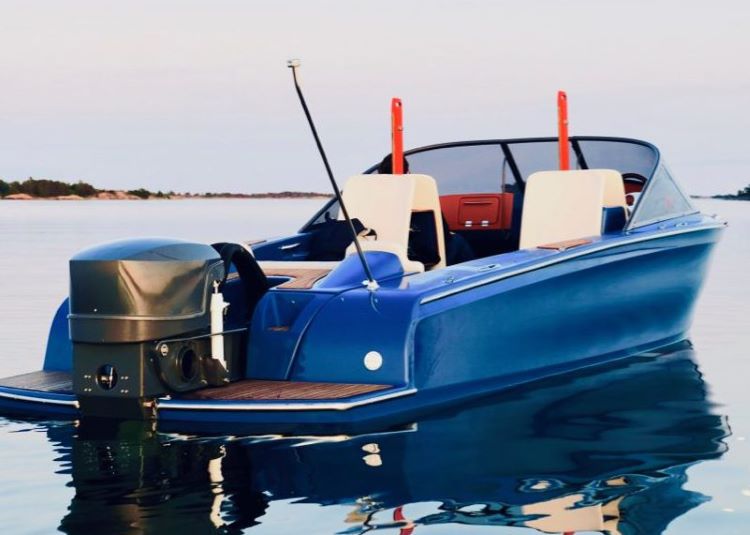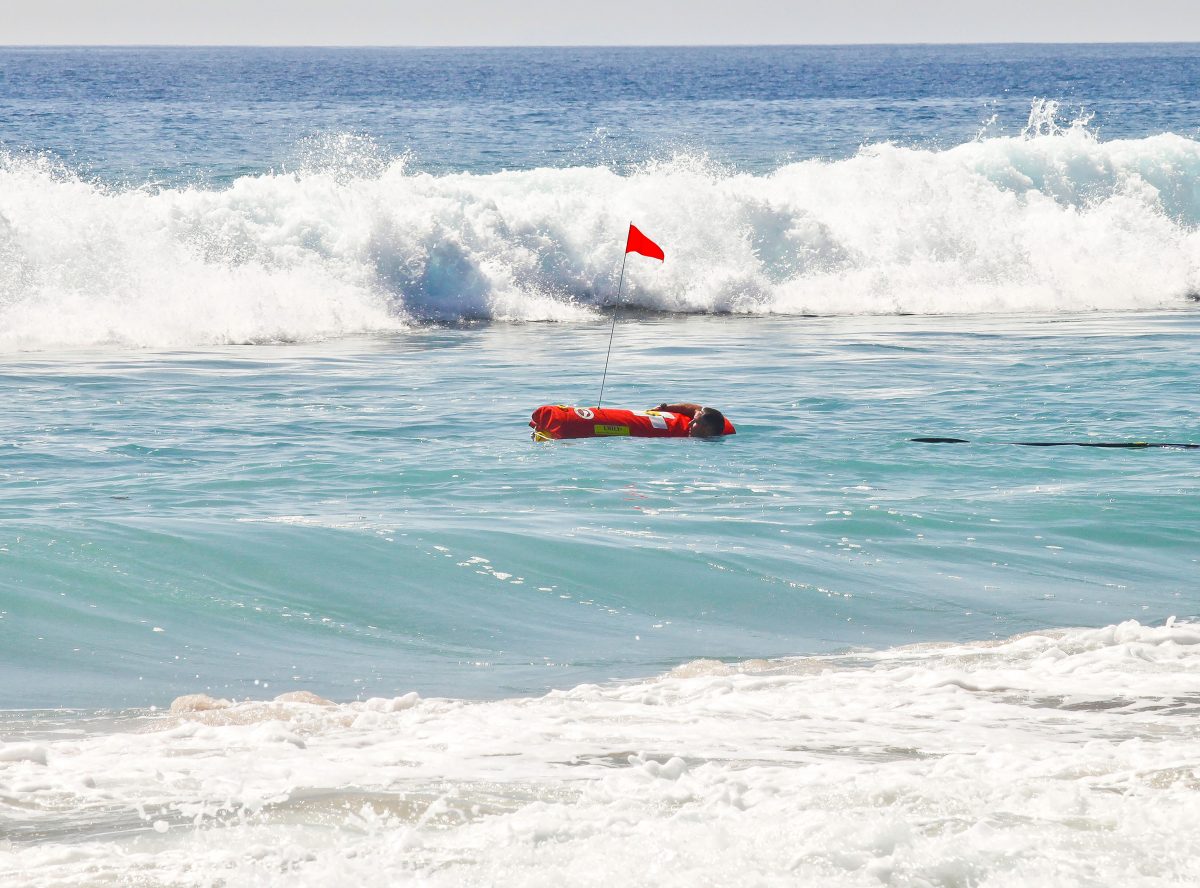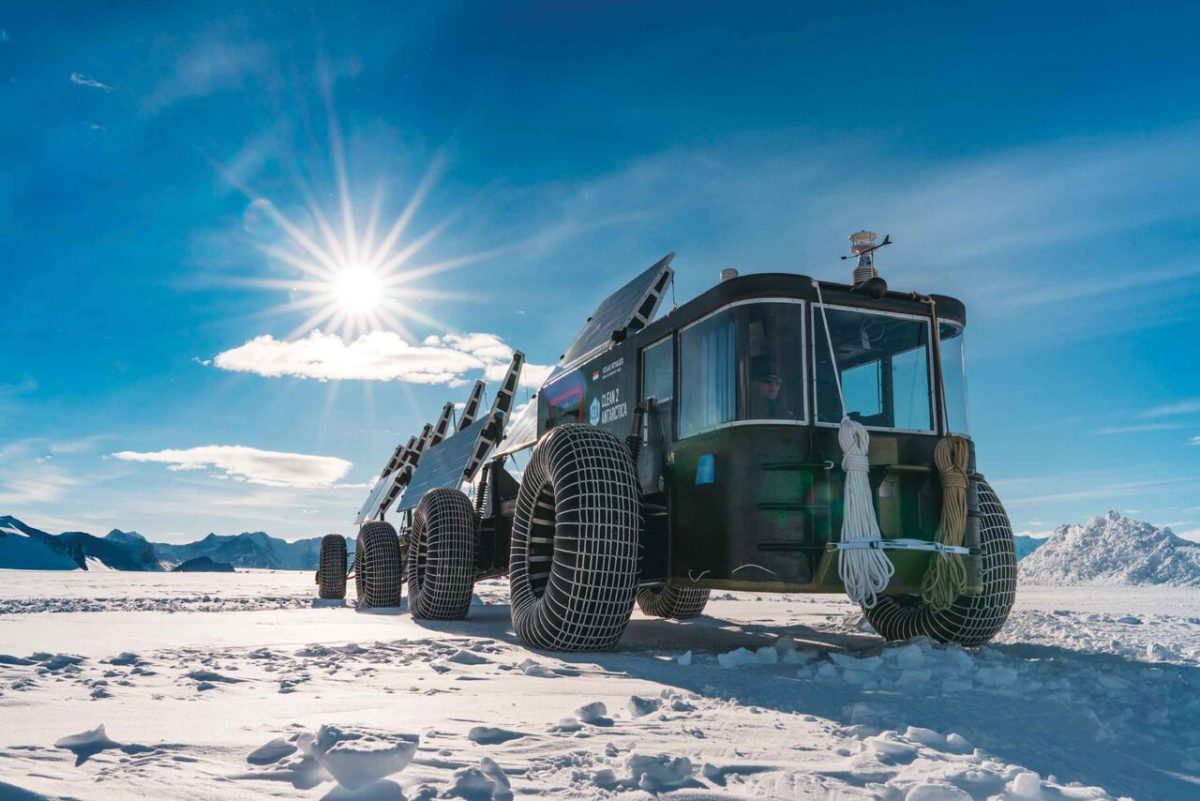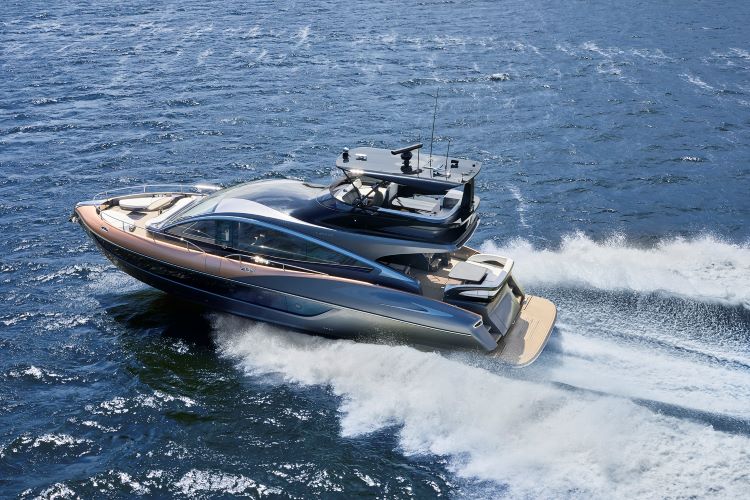
Racing the Waters, Smooth as Ice
Over the course of 15 years, his company has developed essentially unbreakable DN hulls, rudders, wheels and other structural components using end-grain balsa with unidirectional woven pre-preg fiberglass reinforcement and epoxy cured in an autoclave, using female molds made in the CNC machine. “Over the course of my career I’ve seen maybe one or two of my designs break in the field. My theory is you can’t win a race if you don’t make it to the finish line.” Kent focuses on using quality materials and processes, which helps make his boats and boat components competitive against other wooden and open molded composite designs. The iceboat parts take approximately 150 hours to build from raw materials to completion. Typically, iceboat teams build their own boats and order specific parts from CSI. A race-ready design could cost in the ballpark of $25,000. [column size=one_half position=first ][/column] [column size=one_half position=last ][/column]
Photos from the DN Championship 2011 in Kuressaare, Estonia.
Kent occasionally manufactures parts using resin infusion on fiberglass and epoxy mixtures, but the finished part is much heavier than an autoclave part. “If you seal the balsa too tightly, it will soak up the resin and cause the part to be much heavier. We use the autoclave process since the balsa wood is extremely delicate. For example, the iceboat fuselage only weighs 46 pounds and tolerates a significant amount of stress. In order for a part to do that, you need to put the right amount of material in the right place,” says Kent. Overall there are only a handful of manufacturers in the world making parts for the small ice sport. “It may only be a small part of our company but it’s our roots,” says Kent, who still competes in iceboat racing and is currently ranked 31st in the world. [divider]Did you know?[/divider] DN Iceboats and sailboats both travel using the wind and the sail-lift to change the direction and speed of the boat. In most DN Iceboat designs, the sail is connected to the front runner, which changes the direction of the boat. The three runners are often cut at 90 degree angles to prevent the boat from slipping sideways. Iceboats create less friction on the ice than sailboats do on water, allowing the boats to travel much faster using less wind.
SUBSCRIBE TO CM MAGAZINE
Composites Manufacturing Magazine is the official publication of the American Composites Manufacturers Association. Subscribe to get a free annual subscription to Composites Manufacturing Magazine and receive composites industry insights you can’t get anywhere else.




